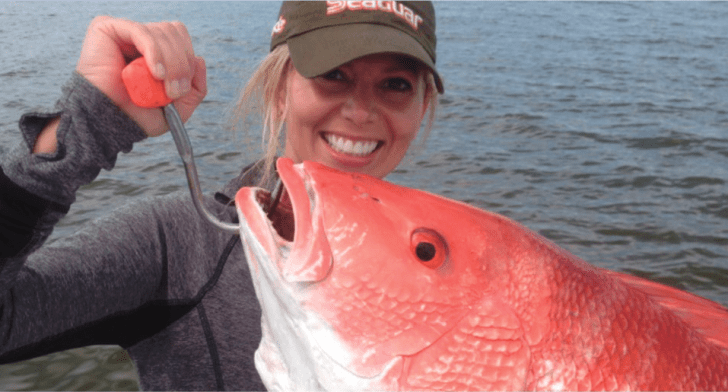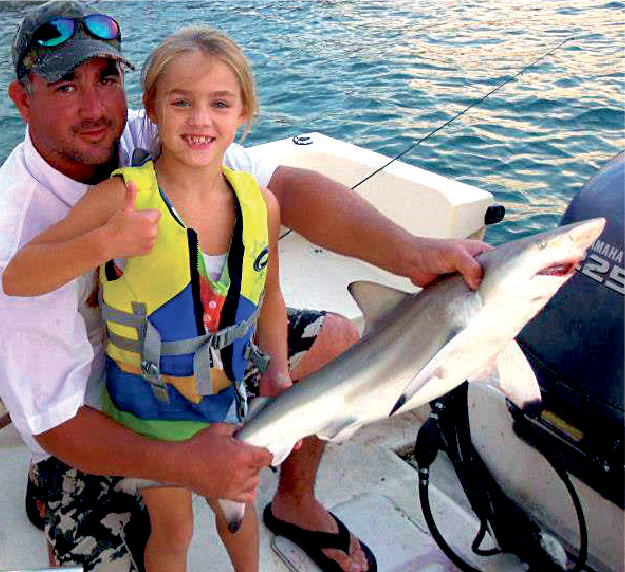An education series for coastal anglers, for recreational fisherman, by recreational fishermen.
It’s Time to Balance Our Use of Coastal Fisheries
Because of its population size relative to its coastlines, the United States consumes 5 times the quantity of ocean fish than its commercial fishermen harvest. Yet, despite importing 80% of the ocean fish we consume, the National Marine Fisheries Service has identified that we are frequently over-harvesting our ocean fish to the extent of devastating many of our fishery resources. To not further damage our fisheries, importing larger quantities of our ocean fish for grocery stores and restaurants is important.
Many nations have far lengthier coastlines in relation to their populations. Accordingly, they have tremendous surplus fishery resources. Their economies need exports – and we need their catch to satisfy our appetite for healthy wild-caught ocean fish.
Fish from all open ocean waters are of the same quality as fish swimming in the open ocean waters offshore of the U.S. coastlines. Whereas bay or inland fish may differ in quality due to practices and pollution, open water ocean fish are not of different quality in different parts of the oceans. The truth is that the fish throughout the oceans are of the same quality and may even be coming from waters with less of a human footprint on their coastlines. Wild fish swimming in the ocean are simply wild fish swimming in the ocean; they have no national boundaries. For marketing reasons, some would have us believe that U.S. fish caught in the wild areas of the ocean are somehow better (hence, should demand a higher price); but intelligent people reject that. Taste the Costa Rican-caught red snapper sold by Costco – tastes just like U.S.-caught red snapper, right? And harvesting from those waters with their plentiful fish stocks does not further damage our U.S. fisheries.
To be ecologically responsible, we must lessen the over-use of our U.S. fishery resources and maintain sustainable fisheries. To accomplish this, we must create a worldwide balance between the use and harvesting of the fisheries. The U.S. must cap or reduce the amount of domestically-harvested fish and import more to satisfy our nation’s hunger for wild-caught ocean fish without further damaging our ocean fisheries. There can never be enough U.S.-caught ocean fish to sustainably supply the combined American tables’ appetite. Our appetite can, however, be sustainably and ecologically fulfilled without devastating fishery resources if we simply apply a worldwide perspective.
In a balanced world, nations harvest and sell what they have surpluses of to generate funds to purchase what they don’t. The United States is blessed with many surplus resources to exchange for those that it does not. We are not forced to over-harvest and decimate the less abundant resources like our oceans’ fish populations.
Once we understand the fragility of our natural resources and the need to only locally harvest sustainable quantities, we then must look at the best use of the limited resources we have. To harvest only a sustainable quantity and do so responsibly for the ecology, we must evaluate what use of the resource presents the greatest benefit to our nation. That’s simply common sense and basic business logic.
From the perspective of responsible utilization, commercial fishing is a wrecking ball to the ecology. It generates tremendous ecological damage. Its processes indiscriminately kill sea life to capture the percentage of the carnage that it wants. This “bycatch” of killed, unwanted species from longline fishing, gill netting, and other methods is devastating to the ecosystem it harvests from.
Conversely, recreational fishing is discriminate and benefits even further from its growing “catch and release” sportfishing segment. Recreational fishing produces only a minor degradation of the overall biomass for the specific harvest it produces – far less than mass commercial harvesting.
But . . . what is the economic and employment impact to the nation of using the fishery for commercial profit harvesting vs. recreational fishing?
Studies have highlighted for every pound of fish extracted, recreational fishing (via both private and charter boats) yields seven dollars of economic activity for every one dollar from commercial harvesting. This also produces seven times the employment for American workers as compared to commercial harvesting.
With recreational fishing producing seven times the economic impact as opposed to commercial fishing and being significantly less damaging to the ecology, it is clearly in the nation’s best interest to increase our utilization of the U.S. coastal fisheries by recreational fishermen and to increase our imports of wild-caught ocean fish to fulfill the nation’s demand.
If we simply increase our imports of ocean fish from 80% to 85% of our usage, we can still maintain a commercial fishing industry, support our appetite for ocean fish, and allow our fisheries to recover to their former health.
Such a minor adjustment would stimulate our national economy, increase American employment, and fulfill the population’s desire for wild-caught ocean fish for dinner tables.
U.S. ocean fisheries are publicly-owned resources. Pushing a greater utilization of our ocean fisheries to recreational fishing while augmenting the desire for wild-caught ocean fish through importation is truly a “no brainer”. This utilization opens the resource more to the individuals who own it (versus for-profit commercial fishing fleets) and stimulates employment and sound monetary policy.
To join the conversation, or learn more, visit Facebook page “What Happened To Our Fish?”, or email recreationalfishermen@gmail.com.

